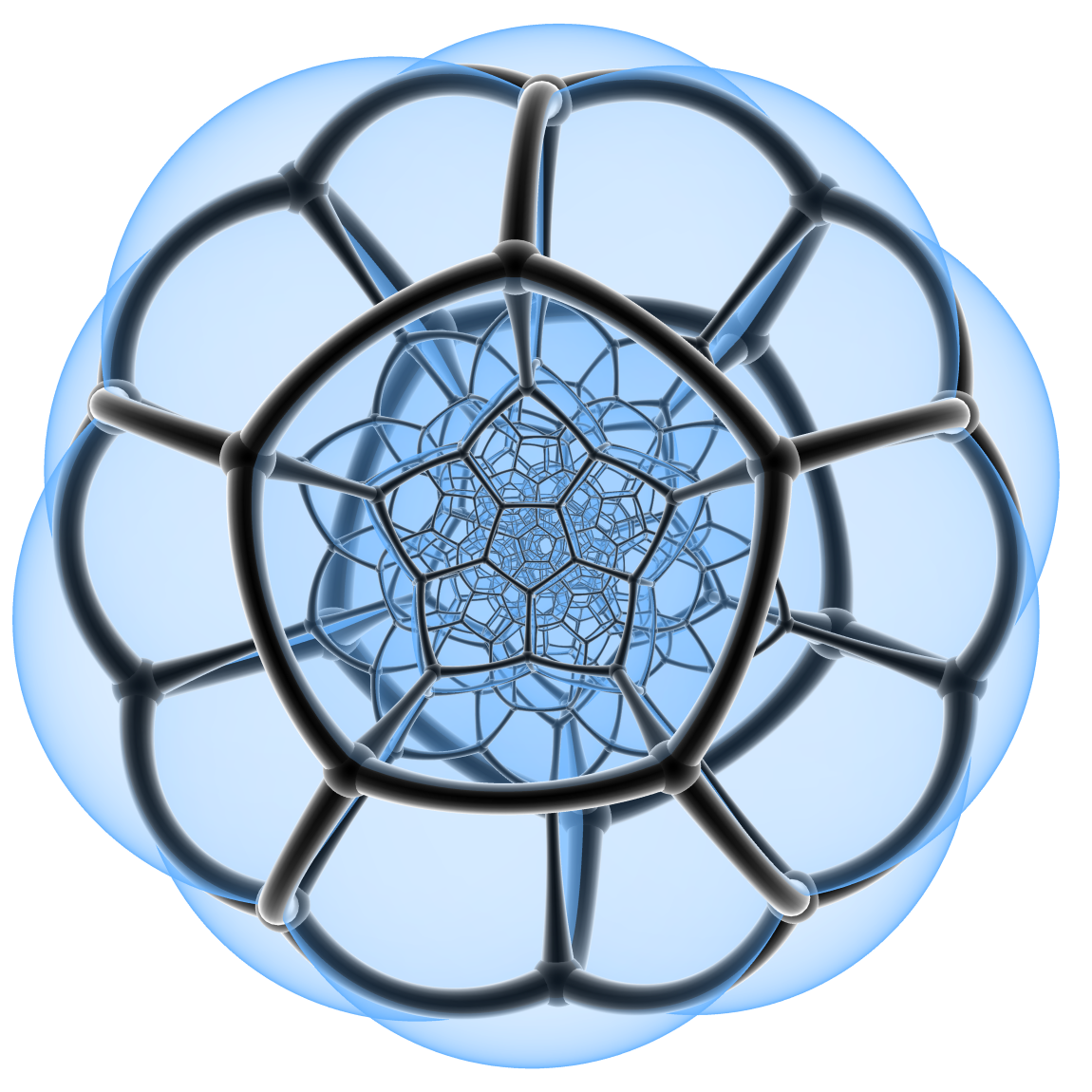Advanced Multivariate Calculus (Math 425.1) Spring 2018
(While under construction, please be patient: more details will follow during the semester.)
Newsflash:
"Disability Services is in need of a note taker for this class. If you are interested, please email notes@admin.umass.edu with your name, student ID and the course info (Math 425, Section 1, Professor Kusner). Disability Services staff will contact you to confirm and provide you instructions. You may earn 1 undergraduate academic credit (practicum EDUC 398NT) or 45 hours of community service for your efforts." - 6 March 2018
Time and Place:
Tu & Th 11:30-12:45 in LGRT 121 (just south of Lederle Tower entrance, near the Physical Sciences Library)
Office Hours:
After class (12:45-2:00 Tu & Th) starting in LGRT 121 and migrating up to LGRT 1435G or 1535); and in any event, please make an appointment via email: profkusner@gmail.com
Prerequisites:
Multivariable Calculus and Linear Algebra
Recommended Text:
J. Marsden and A. Tromba, Vector Calculus [an earlier edition is fine and may be less expensive: W. H. Freeman, Fifth Edition edition (2003) ISBN-10: 0716749920, ISBN-13: 978-0716749929; or Sixth Edition (2012) ISBN-10: 1-4292-9411-6, ISBN-13: 978-1-4292-9411-9]
H. M. Schey, div, grad, curl and all that [ISBN-13: 978-0393925166; ISBN-10: 039 3925161]
M. Spivak, Calculus on Manifolds [ISBN-13: 978-0805390216; ISBN-10: 0805390219]
Description:
This course covers the basics of differential and integral calculus in many variables: differentiability, directional and partial derivatives and gradient of functions; critical points without or with constraints (Lagrange-multipliers/tangential-gradient) and the Hessian; vector fields and differential forms; divergence, curl and exterior derivative; line- and surface-integrals; the fundamental theorem of calculus (Gauss/Green/Stokes/Thomson). If time and taste permit, topics from physics (fluids and electromagnetism) and differential geometry (curves and surfaces in space) may also be explored.
Grading:
Course grades will be based in roughly equal parts on the homework, on in-class midterm/quizzes, and on the final exam.
Topic and Homework Schedule (please finish and submit within 9 days of the date at the left; if you work together, be good scholars and name your collaborators):
01/23: Locate and try to classify (as maxima, minima, saddles...) all
the critical points on the topographic map of the Norwottuck region
that I shared in class. A more interesting problem is to locate some
(rather long) contour that forms a simple loop (closed curve which
does not self-intersect) on the map, and count the numbers of maxima,
minima and saddles on the region inside; do this for several such
loops (using at least one other map) and see if you can discover a
relation for these numbers. Of course, if the weather is good, you
may also use this map to
... Go
Take a Hike (or a XC Ski Trip)!
Maxwell (of the electromanetic equations and the thermodynamic daemon)
was one of the earlier folks (Moebius and Morse being others) to study
this count
carefully: On
Hills and Dales. (Thanks to Ben Cheung for the link!) Much more on this
can be found in Milnor's monograph Morse Theory and the (rather
quaint - after a lengthy tour of 1960s Princeton and the Institute for
Advanced Study, the math starts about 24 minutes in) film
Pits,
Peaks, and Passes featuring the (elderly) Marston Morse himself!
(It may be more fun to start
with Part
II.)
01/30:
Derivatives, Critical Points and Convexity.
Solutions by
Bela
Nelson, BN
(page
2), Ben
Cheung, BC
(page 2) and
David
Podorefsky.
02/06:
Integrals, Volumes and Centers of Mass.
Solutions by TB (page 1)
and (page
2); a
different solution
to Problem 2 by DW;
more solutions
by AH (page
1),
(page
2),
(page 3)
and
(page 4).
02/13: Homework Hiatus! [Next HW due 03/01 :-]
02/20:
Gradient, Divergence and Laplacian in n-space
Solutions by KD (page
1),
(page
2),
(page
3),
(page 4).
[For Problem 2, the behavior at the origin - the minimum
of r - is singular: while the "average" of grad(r) may be 0 there,
this vectorfield is not well-defined because r is not differentiable
(it fails to have a linear approximation - its graph has a tangent
"cone" rather than a tangent plane) at the origin; the set of limit
values for grad(r) as r tends to 0 is the whole (n-1)-sphere of unit
vectors in R^n.]
02/27: Curling Vectorfields on R^3
Solutions by DE,
HP (page
1), (page
2), (page
3),
AH (page
1), (page
2), (page
3)
and
KD (page
1), (page
2).
[For Problem 4, it is nice that the algebraic formula for
iterated cross product A × (B × C)=B(A•C)-C(A•B) works,
but one must use care to justify this, and it can be misleading when
the Leibniz/product rule comes into play, e.g. for expanding curl(v
× w).]
03/06: Homework Hiatus!!!!! [The next HW (#6) will be due 03/29 :-]
How about a midterm exam sometime soon? We've have converged to holding a "mini-midterm" in class on Thursday 8 March. No make-ups, but please let me know by email before 1 March if you have a special situation that we might accommodate.
03/13: Spring Break (we need one :-)! [Please do some of the reading below and get started with the next problem sets over the break, because things are about to accelerate into the wild blue yonder!!!]
The last part of the course concerns differential and integral calculus with forms. We'll soon do a bit of this with 1-forms and path integration, but over Spring Break, please begin to study Spivak chapter 4, especially pages 86-108. Please try to understand "pullback" - which is the forms version of the "change of variables" formulas we briefly discussed last month which you may have seen in M&T 6. Also, please try to understand the notion of a "singular k-chain" over which we'll integrate a k-form - this generalizes a path integral to higher dimensions and is the natural way to set up the Fundamental "Stokes" Theorem of Calculus (FToC).]
03/20: Practice with Path Integrals
Solutions by TB, (page 2) and KD.
03/27: Fun
with Forms
Solutions by KD,
(page 2);
by WYW,
(page
2), (page
3);
and
by AH, (page
2), (page 3)
.
[Please see M&T section 8.6 or Spivak for more 'fun'
with forms; you may also try
these
older Fun with Forms problems, but no need to turn them in
- there are a few "write-os" which I hope you can figure out.]
Domains and Forms in n-Space
Practice with Differential Forms
[These sets (along with the following hand-written material) are from
my course last year: please try them, especially Problems 3 & 4 in
the second set, and you may turn them in for extra
credit shortly after Spring Break!!!]
04/03: Div, Grad, Curl via Hodge and Music; Pullbacks and Naturality, (page 2), (page 3).
On page 3 the goal is to deal with a k-form \beta on R^n, and its
pullback F*\beta to the m-cube Q^m via a smooth map F:Q^m -> R^n.
[Sorry for the write-os there (I meant to keep k and m distinct), but
I hope you can sort that out. In particular, as a warm-up to the
general case, try finishing the special case (k=1, m=2, n=3) of the
"naturality" formula d(F*\beta)=F*(d\beta) we began in class where
\beta=xdx+ydy+zdz and F(s,t)=(s,t,sin(s)sin(t)); then try more general
cases to see what's going on.]
[Technically, the last problem should have been done with a nonconstant function f in front of a basic form....]
Solutions by TB and by KD, (page 2). [Technically, the last problem should have
been done with a nonconstant function f in front of a basic form.... ;-]
We talked about this briefly in class, and my notes above touch on it too, but here's more about Hodge-star. Cf. also Spivak (page 96, problem 4-19) for an alternative to "music" and Hodge-star for treating div, grad & curl in terms of "d" in \R^3. [Hint for the last problem: it may help to first observe that F*(\alpha∧\beta)=F*(\alpha)∧ F*(\beta), which one proves first for basic forms.... In class we have considered a warm-up problem: using the polar coordinates map F:\R^3 -> \R^3: F(r,\theta,\phi)=(r cos\theta cos\phi, r sin\theta cos\phi, r sin\phi), compute F*(dx∧dy∧dz): it will be a function times dr∧d\theta∧d\phi.]
Homework Hiatus!!! The homework above (assigned 04/03) will be due Thursday 04/19, and the remaining homework will be due on the Tuesdays 14 days after the assigned date. [The following several weeks' material will be updated and expanded, so we have left some extra time at the end of the semester to deal with this.]
04/10: Integration of k-forms over k-cubes and k-chains [Note: In problems 3 and 4, the domain Q is a stretched/translated version of the 2-cube: one is [0,2\pi]×[-\pi/2,\pi/2] and the other is [0,2\pi]×[0,2\pi]. And sorry: the scanner inserted a couple of "backsides" - there are only 5 pages, not 7! ;-]
[[Further comments: In problem 1, technically we're restricting everything to S, which can also be thought of as pulling back by the inclusion of S into \R^3. In problem 4, there's a "writing" error: it should be x(s,t)=(R + r cos(t))cos(s), y(s,t)=(R + r cos(t))sin(s) and z(s,t)=r sin(t).]]
Solutions by Rob.
04/17: The Big FToC [Again, sorry: the scanner duplicated and "wiggled" a couple pages - I hope there's at least one clear version of each page! You should try some explicit choices of V=\alpha^# or V=\star\beta^# in problems 3, 4 and 5 to be sure of what you're doing. My favorite examples are constant (translation) vector fields like V=(1,0,0), rotation vector fields like
V=(y,-x,0), and the position vector field V=(x,y,z)!]
Solutions by Rob.
No Class Tuesday 04/17 (Patriots' Day - in honor of the Patriots losing to the Eagles ;-)!
04/24: [Last week, this week & next week, we'll be updating materials on integration, as promised earlier.]
05/01: Last class!
Exam details:
Students who qualify for DS accommodations should email me at least 2 weeks before the midterm and final to let know me if they are planning to take the exam at the DSC, and they should then immediately contact* the DSC to arrange taking the exam there if desired:
Trisha Link
DSC Exam Proctoring
Coordinator
examsaccess@admin.umass.edu
413-545-0892
169A Whitmore
The final exam (according to the SPIRE schedule) is scheduled
for 1PM Thursday 3 May 2018 in Hasbrouck 126. (Please check SPIRE for
any updates.)
[You may bring a two-sided "help sheet" prepared by yourself in your own handwriting. About half the exam topics (integration, mainly) will be from after the midterm, but earlier topics (div, grad, curl and their interpretation using forms) naturally feed into the latter topics.]
Have a great summer!!!!!!

